Innovative Packaging Solutions
The still wine market is being positively impacted by the introduction of innovative packaging solutions. As consumers seek convenience and sustainability, wine producers are exploring alternative packaging options such as cans, pouches, and eco-friendly bottles. These innovations not only appeal to environmentally conscious consumers but also cater to the on-the-go lifestyle of many wine drinkers. Data suggests that sales of canned wine have increased by approximately 50% in the past few years, reflecting a shift in consumer preferences. This trend towards innovative packaging is likely to enhance the visibility and accessibility of wines, thereby contributing to the growth of the still wine market.
E-commerce Growth and Online Wine Sales
The still wine market is witnessing a significant transformation due to the rapid growth of e-commerce and online wine sales. With the convenience of purchasing wine from home, consumers are increasingly turning to online platforms for their wine needs. This shift is supported by data indicating that online wine sales in the US have surged by over 25% in recent years. The ease of access to a wider variety of wines, coupled with the ability to compare prices and read reviews, enhances the consumer experience. As more retailers invest in their online presence, the still wine market is likely to benefit from this trend, as it opens up new avenues for reaching consumers and expanding market share.
Cultural Shifts Towards Wine Consumption
The still wine market is influenced by cultural shifts that are redefining wine consumption patterns in the US. Younger generations, particularly millennials and Gen Z, are increasingly embracing wine as a social beverage, often opting for wine in casual settings. This cultural shift is reflected in the rise of wine bars, festivals, and social media platforms dedicated to wine appreciation. As these demographics prioritize experiences over material goods, the still wine market is likely to see a sustained increase in demand. Recent surveys indicate that nearly 40% of younger consumers prefer wine over other alcoholic beverages, suggesting a promising future for the still wine market.
Rising Consumer Interest in Wine Education
The still wine market is experiencing a notable increase in consumer interest in wine education. This trend is driven by a growing desire among consumers to understand the nuances of wine production, tasting, and pairing. Wine education programs, tastings, and workshops are becoming more prevalent, leading to a more informed consumer base. As individuals become more knowledgeable, they are likely to invest in higher-quality wines, thereby boosting sales in the still wine market. According to recent data, approximately 30% of wine consumers in the US have participated in some form of wine education, indicating a shift towards a more engaged and discerning audience. This heightened interest in wine education is expected to continue influencing purchasing decisions, ultimately benefiting the still wine market.
Increased Focus on Local and Regional Wines
The still wine market is benefiting from an increased focus on local and regional wines, as consumers show a growing preference for products that reflect their geographical identity. This trend is driven by a desire to support local economies and a curiosity about unique varietals produced in specific regions. Data indicates that sales of locally produced wines have risen by approximately 20% in the past year, highlighting a shift towards regionalism in wine consumption. As consumers seek authentic experiences and flavors, the still wine market is likely to capitalize on this trend, fostering a deeper connection between consumers and their local wine producers.


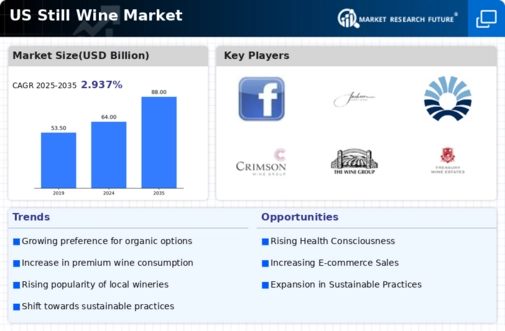
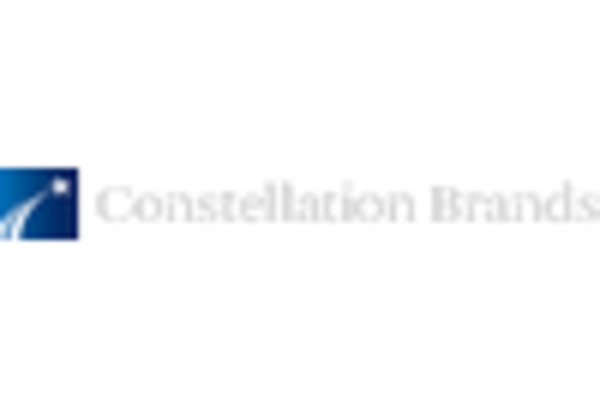
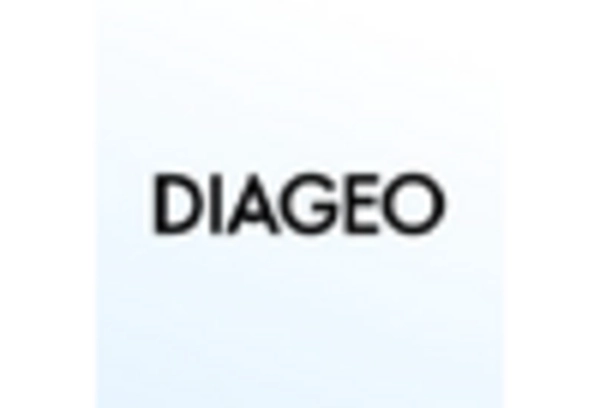
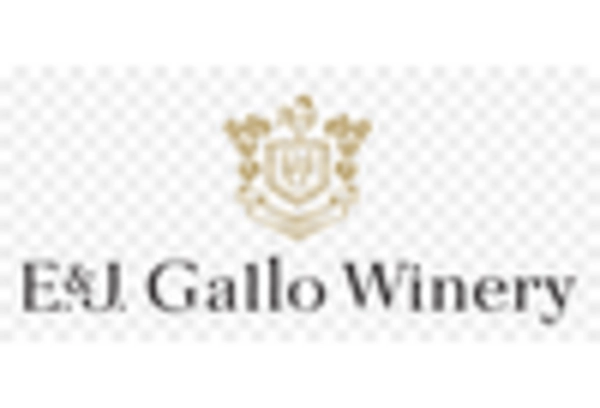
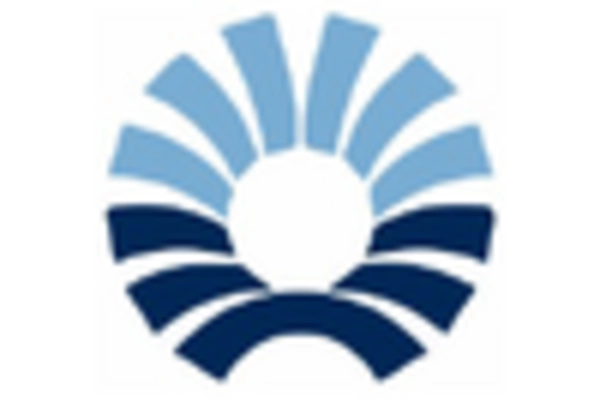
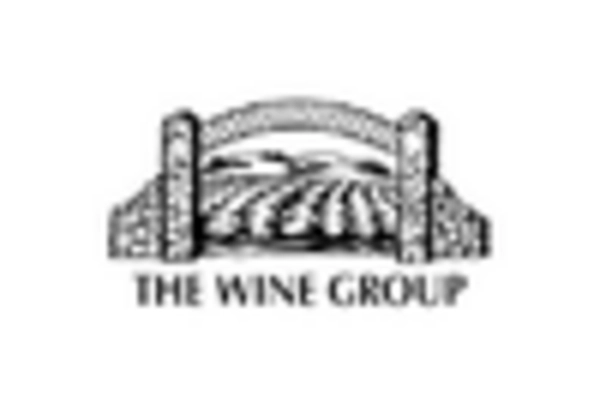
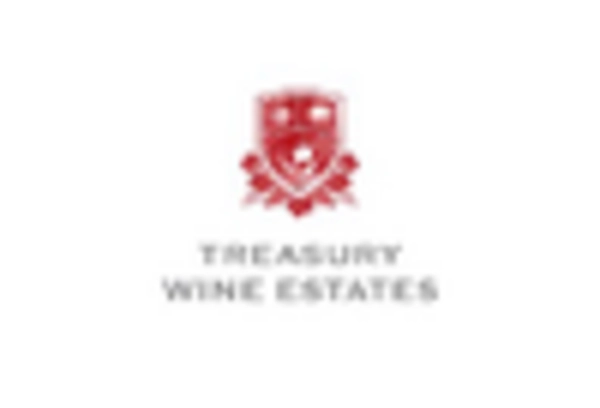








Leave a Comment